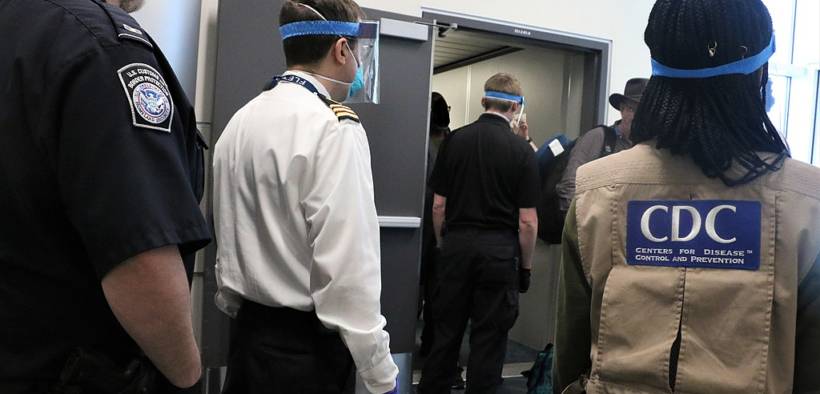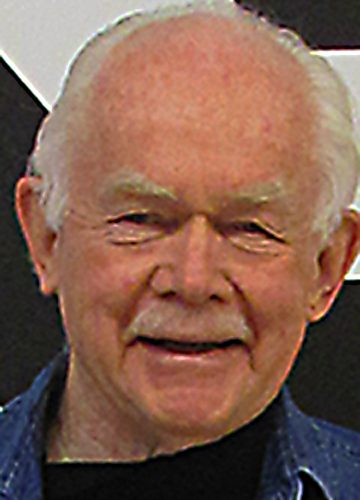In a Dark Time, The Eye Begins To See

In a dark time, the eye begins to see. – Theodore Roethke
What I see now is not unlike what I saw before the coronavirus stay-at-home edict arrived. Edicts in some states, but not others. What is different are my masked and gloved neighbors at our local village Post Office. And the long, single line of vehicles waiting to enter the local transfer station to empty trash and recyclables, one car or pickup at a time. But only after the masked transfer station attendant permits me to get out of my car to do my dirty business. Then there’s the closed signs on all our restaurants, gift stores, newsstand, art galleries and town hall.
No business as usual. Usual is no more. Except for the unmasked reality of how we got to this moment at this time in our lives. Where are we now, you may ask? I would answer you by saying we are simply and unavoidably at where we were heading before COVID 19 arrived. It gave us a kick in the ass that has booted us down into the basement to shelter in place until the “new normal” goes away and we get back to the “old normal.” Unregulated capitalism has been pushing us toward this new normal for decades. Our willful national unpreparedness to respond to any pandemic has simply kicked the crutches out from under our crippled leadership.
It should come as no surprise to anyone that the people governing this unregulated enterprise are urgently working to save the economy. Their economy, not yours. Isn’t it just arcane that we the people will shortly “benefit” briefly from an actual example of trickle-down economics? Many, but not all, citizens will receive $1,200 from our tax-funded treasury…so they can continue spending money. That is what our currency crazed cabal is most worried about. They are working desperately to stop the non-spending. They want to get their trickle-up economy working again. That’s the economy that is 70% reliant on what we the people spend money every day.
Even so, the unprecedented $2.2 trillion coronavirus relief package is primarily corporate-focused. $500 billion (25 percent of that package) will go to large corporations. Another $454 billion will back funding for up to $4.5 trillion in corporate loans from the Fed with the remainder going into direct Treasury loans to big companies.
There’s a lot more, but the relief promised to we the people will not cover the basic needs of the majority of struggling Americans. Nor will it arrive fast enough. The highly publicized Congressional relief package that promises up to $1,200 per person, $2,400 per family, and $500 per child, will hardly be enough to cover a month’s and utilities, not to mention other essential expenses. Like groceries, rent, mortgage and automobile expenses, doctor’s bills and more.
Another almost $150 billion will go to the healthcare industry. No argument with that at this particular moment in time. The capacity of our highly-touted health care industry has been eviscerated by its focus on the financial bottom line as a priority over health care. Too many non-profit hospitals and health systems have operated for too long like for-profits. Unsustainable rate increases, surprise billing and medical collections leading to bankruptcy are just now beginning to attract public attention.
The non-profit American Hospital Association (AHA) is the national organization that represents and serves all types of hospitals, health care networks, and their patients and communities. The AHA ensures that members’ “perspectives and needs” are heard and addressed in national health policy development, legislative and regulatory debates, and judicial matters. The AHA represents the health care industry.
The key word here is “industry.” The classification of industry refers to a group of companies that are related in terms of their primary “business” activities. The hospital, pharmaceutical, insurance and medical supplies “industries” are an amoebic virus infecting the public and private health.
Health care is big money. Big box retailers and other atypical organizations are attempting to enter the health care “market” big time. Walmart and Best Buy are just two of the national retailers that have recently taken steps to enter this market. Note that it’s a “market” they’re rushing into, not a health care field.
Now consider why there are 534,000 fewer hospital beds now than in 1975. The total number of hospital beds in the U.S. has been declining for decades. “Care is increasingly shifting from inpatient settings to outpatient settings,” says Marie Johnson of the American Hospital Association.
The other reasons for the declining number of hospital beds are many, beginning with cost pressures. The average hospital bed costs more than $2,000 a day, and in many areas of the country more than $3,000. Then there are mergers, surgical innovations that mean shorter stays, the rise of standalone surgical centers, more effective medicines, and patient preference for the home setting. The national total of “staffed” beds slipped below the million mark just before the turn of the century; in 1990, it had been 1,213,327; in 1975, 1,465,828.
Between 1980 and today, 400,000 hospital beds have vanished from our system while Wall Street financed a bonanza of hospital mergers and acquisitions. Given population growth of 100 million over this period, this means that the number of hospital beds per 100,000 people in the US has fallen by more than half. In 1980, there were 595 hospital beds for every 100,000 people. Today there are only 281 beds per 100,000.
Had the White House listened to the potential pandemic forecasts a year sooner, a critical lesson might have been learned about our lack of preparedness. In April 2018, more than a year and a half before the SARS-CoV-2 virus and the disease it causes, Covid-19 had sickened enough people in China that authorities realized they were dealing with a new disease. The Trump administration, with John Bolton newly at the helm of the White House National Security Council, began dismantling the team in charge of pandemic response, firing its leadership and disbanding the team in spring 2018. Budget cuts, coupled with the administration’s repeated calls to cut the budget for the Centers for Disease Control and Prevention (CDC) and other public health agencies, made it clear that the Trump administration had no interest in prioritizing the federal government’s ability to respond to disease outbreaks.
The coronavirus outbreak is first and foremost a human tragedy, affecting hundreds of thousands of people. It is also playing havoc with the local, state, national and the global economy.
All I see in this dark time is the capital class making a desperate effort to preserve the old normal, the slow but certain strangulation of the American dream.







